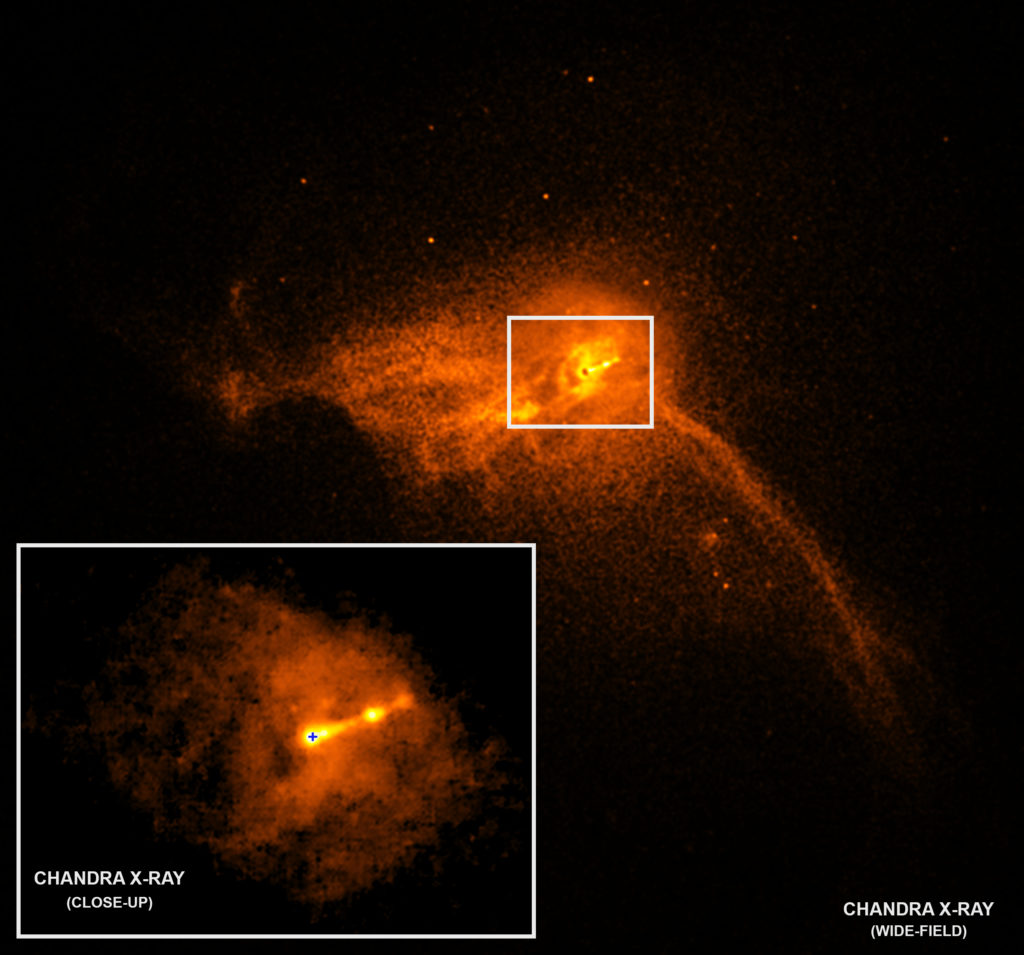I highly endorse everything that Mark says here.
Author: Otaku-kun
-
Duet Battle: Community vs Stranger Things
Finished Season 3, and it was exactly the nostalgia/dopamine rush that I wanted. Like everyone else, the most delightful part for me was Dusty-bun and Susie-poo’s duet: (visual spoilers)
It gave me the exact same wistful childhood feeling as another homage duet – from Community season 1, “Environmental Science”:
-
Mensa Math
Apologies for links to political blogs. There’s some math here. The question is, what is the probability that one person could have survived two mass shootings (e.g., Gilroy and Las Vegas) ?
One fellow provides this calculation:
Las Vegas 2017 attendance: 20,000
Gilroy 2019 attendance: 80,000I don’t know how many attendees were actually physically present at each event at the time of the shootings, but I’ll assume two thirds, so 14,520 and 52,800.
Proportion of US population present at LV shooting: 14,520 / 350,000,000 = .000041 or .0041%
Proportion of the population NOT at LV is the inverse or 99.9959%
Likelihood of one person being at both events is then: 1 – (.999959^52,800). Which is 88.8%. The number of times this apparently happened is 3, so it’s 0.888^3, or 70%.
In other words, through purely random chance it is more likely than not that 3 people who were at the LV 2017 shooting would also be present at the Gilroy shooting.
another fellow, who is a member of Mensa, provides this calculation:
The Gilroy Garlic Festival is a three-day event, so that 80,000 is reduced to 26,667 before being reduced another one-third as per Uncephalized’s assumption to account for the timing of the event. This brings us to an estimated 17,787 people present at the time of the shootings. Note that reducing the estimated 20,000 Las Vegas attendance by the same one-third gives us 13,340, not 14,520.
[…]
Gilroy probability: Dividing 17,787 by 350,000,000 results in a probability of 0.00005082, or one in 19,677.
Las Vegas probability: Dividing 13,340 by 350,000,000 results in a probability of 0.00003811428, or one in 26,237
Gilroy AND Las Vegas probability: Multiplying 0.00005082 by 0.00003811428 results in a probability of 0.0000000019369677096, or one in 516,270,868.Someone posits in a comment to the second calculation, meekly, that perhaps the problem is analogous to the “birthday problem“. The Mensan responds:
No. That’s not relevant here because there is no equivalent to the finite number of birthdays in a year.
I’m personally not smart enough to be admitted to Mensa. However, it seems to me that the number of people in the United States is a finite number.
-
The Napkin Project by Evan Chen
This is what makes the Internet great:
I’ll be eating a quick lunch with some friends of mine who are still in high school. They’ll ask me what I’ve been up to the last few weeks, and I’ll tell them that I’ve been learning category theory. They’ll ask me what category theory is about. I tell them it’s about abstracting things by looking at just the structure-preserving morphisms between them, rather than the objects themselves. I’ll try to give them the standard example Gp, but then I’ll realize that they don’t know what a homomorphism is. So then I’ll start trying to explain what a homomorphism is, but then I’ll remember that they haven’t learned what a group is. So then I’ll start trying to explain what a group is, but by the time I finish writing the group axioms on my napkin, they’ve already forgotten why I was talking about groups in the first place. And then it’s 1PM, people need to go places, and I can’t help but think:
Man, if I had forty hours instead of forty minutes, I bet I could actually have explained this all.
This book is my attempt at those forty hours.
This project has evolved to more than just forty hours.
The most current draft is also available as a PDF.
-

H2G2 on Hulu
it’s not even thursday yet, and i have to deal with this?
Hulu is developing a TV series adaptation of the novels from prolific showrunner Carlton Cuse (Lost, Tom Clancy’s Jack Ryan, Locke & Key) and feature writer Jason Fuchs (Wonder Woman, Ice Age: Continental Drift).
…
Cuse and Fuchs, both fans of the iconic title, will write, executive produce and showrun the proposed series, a modern updating of the classic story now in development at Hulu via ABC Signature and Cuse’ Genre Arts. Fuchs is writing the pilot script.considering that the last reboot seemed to have been conceived by Ark B types, my expectations are as low as a Poghril’s morale. But fine, whatever. I always have the radio scripts – of which the latest radio sequel was superb (and the audiobook of Colfer’s sequal was even better).
The recent BBC adaption of Dirk Gently was actually pretty good, though it had a Game of Thrones/LOTR like relationship with the source material. If anything I’d rather see more development there than yet another swing for the Heart of Gold. But hey, these guys are fans of the material, who knows. No one can take the radio scripts away from me, at least.
-
An Elegant Weapon: Review of Savi at Galaxy’s Edge
This is a guest post by HuzThatWriter.
On June 5th I had the chance to visit Star Wars: Galaxy’s Edge. First on my list was a stop at Savi’s Workshop.
Who is Savi, you ask? Savi is a friend of Lor San Tekka and is a fellow member of the Church of the Force. I think. What do you mean who’s Lor San Tekka? That old guy Kylo Ren killed at the beginning of The Force Awakens? The Three-Eyed Raven? Yeah, that guy. It doesn’t matter. You don’t see him anyways. You do, however, interact with his followers, the mysterious Gatherers who will guide you in the ancient ritual of lightsaber building.

Jedi statue outside Dok Ondar’s Den of Antiquities. Photo: Huzaifa Mogri I walked swiftly asking directions towards “scrap metal”. Don’t say “lightsaber,” for the First Order is in town and such talk is frowned upon. The Gatherers take this very seriously. Everyone in the land is in character. And so you wait in line in an amazingly decorated scrapyard to pay for your scrap metal.
While in line to pay, some of the gatherers will show you cards with examples of four basic styles of lightsaber.
Peace and Justice: Visually these are the most like the sabers carried by many of the stereotypical Jedi during the era of the Republic in the prequel Trilogy. Obi-Wan and Anakin have similarly styled weapons.
Power and Control: This style evokes the blades carried by the bad guys. The aggressive styling and the red accents are reminiscent of Darth Vader and Darth Sidious.
Elemental Nature: Made from natural materials like aged leather, intricately carved bone, wood paneling, and even a rancor tooth. The materials symbolize the Force’s connection with nature.
Protection and defense: My personal favorite and the style I elected to construct. These are ancient unearthed pieces from the time of the Old Republic. The components are almost ceremonial in nature, some of the segments even containing writing from the Sacred Jedi Texts.
After you pay your $199.99 plus tax you must choose one of the four styles of lightsabers. You are given a card, a cloisonné pin, and a return time. You are instructed to wear your pin in a visible location (the design is different based on what style you chose) and to act dumb if the First Order asks you about it.
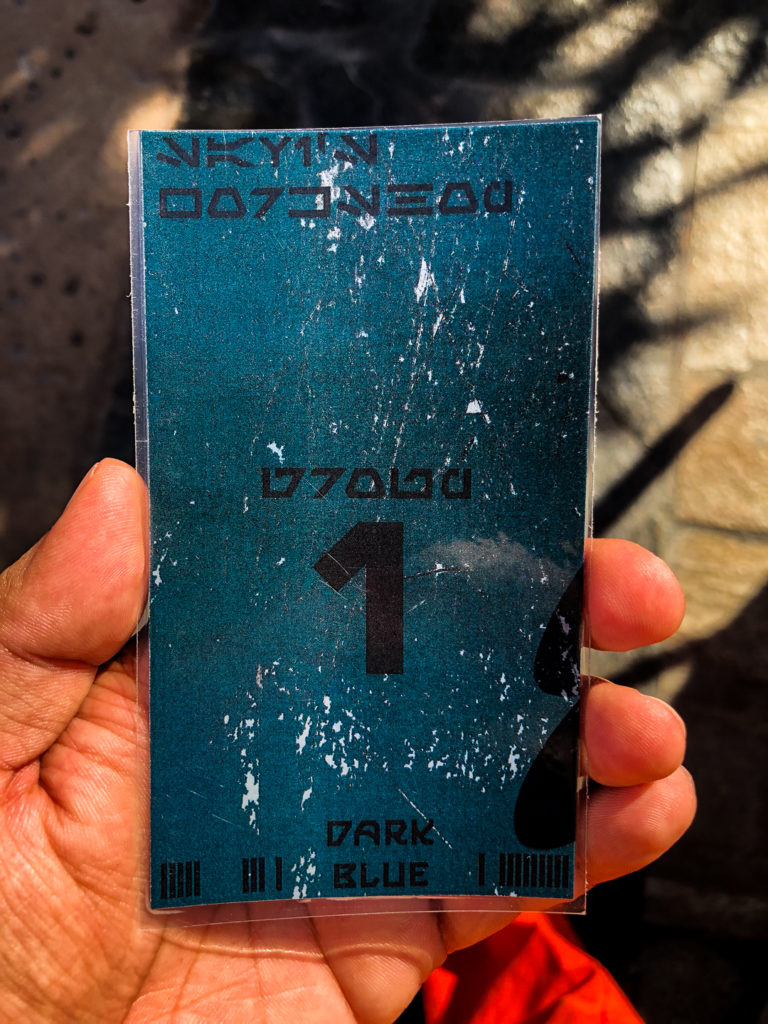
Group identification card. Photo: Huzaifa Mogri 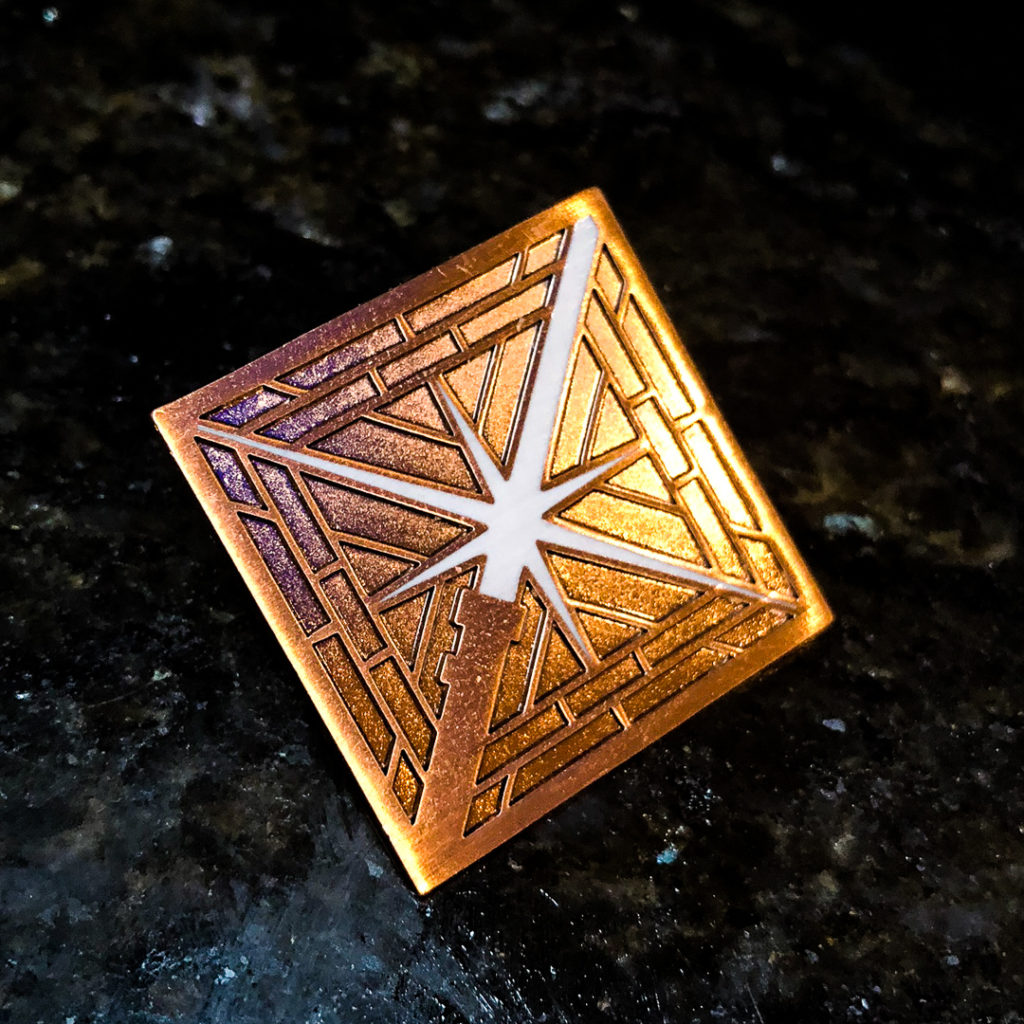
Cloisonné pin. Photo: Huzaifa Mogri As I was close to the front of the line for my particular reservation period, I had about 20 minutes to wander the land. When I returned at the appointed time, I was led to a waiting area.
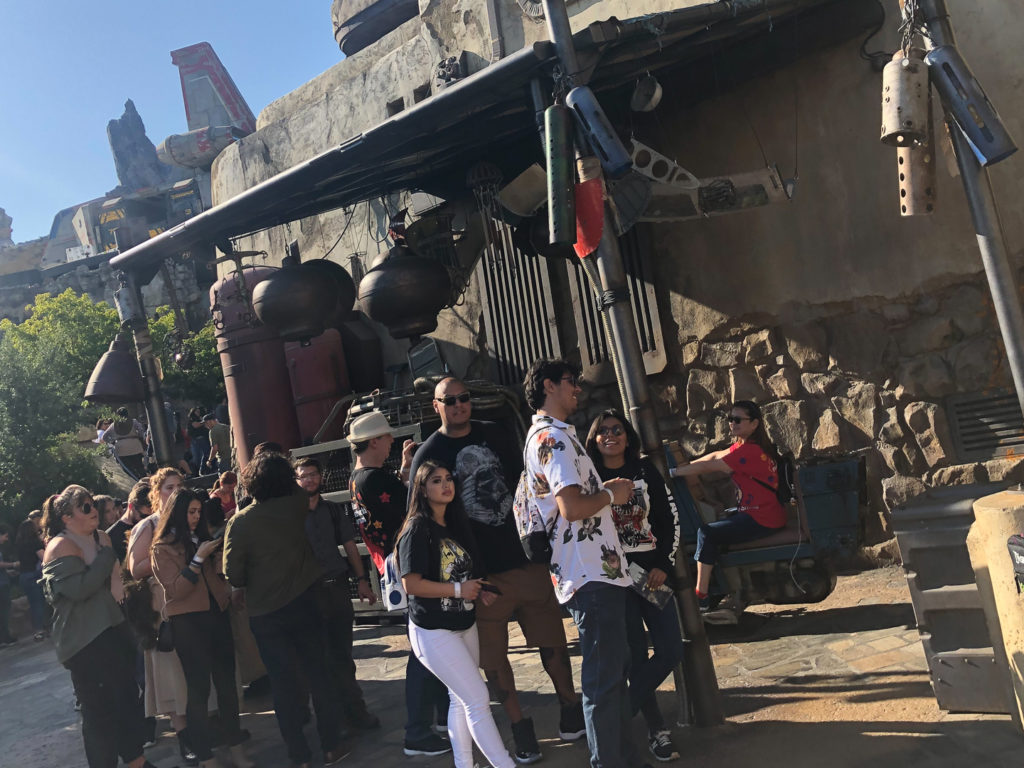
Photo: Vinnie Shahzad All the while you are warned that the First Order could show up at any time. And they do. It wasn’t long before Kylo Ren and some First Order Troopers swung by on “routine patrol” for some casual interrogation.
https://www.instagram.com/p/ByWRtdTh_8v/
After assuring them that we were simple scrap traders they moved on to other victims. Following the short interrogation by troopers we were ushered into the actual workshop. This is where the experience went from fun roleplay to absolutely magical.
Spoiler warning for those who would like to go into this without any prior knowledge. (more…)
-
Anime’s Underbelly
Great piece at Vox about the dark side of the anime industry. An essential read. I haven’t watched too much anime recently (i.e., in years) but what I find particularly bothersome is that there’s a lot of money in this industry. But the end product is already pretty expensive. The only way to solve this is to have the industry be less profitable. How likely is that?
-
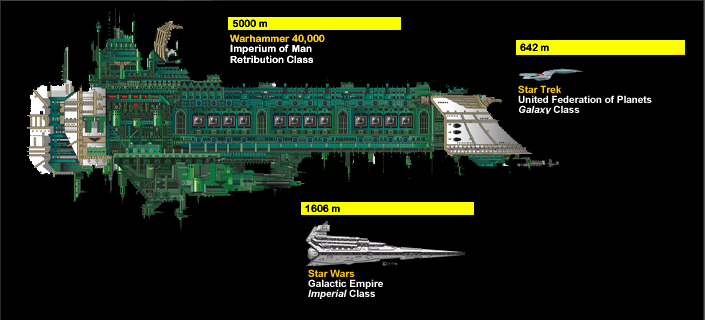
Unification, part N
Austin Habershaw does the unthinkable: posits that Star Trek and Star Wars are part of the same universe. Along with Warhammer 40K. Lest you fail to click, reader, I will only cite one line, the worst line, the best line:
Humanity did it – it conquered the stars – only to discover that the stars are a terrible, cold place where war in unending and death assured.
Read it, then weep for the terrible truth of it.
-
Replicated food is not halal or kosher: a secular argument
Fake meat is going mainstream – you can buy burgers at Burger King, White Castle, and Del Taco. Surely Chipotle and McDonalds are not far behind. This is exciting for people like me who are Muslim Eaters obsessed with the halal scene. But plant-based meat is one thing, what about the science fiction dream of totally replicated meat?
The basic concept of the replicator in Star Trek (and now, The Orville) is that food is just molecules, so instead of cooking plants and animals, you can assemble the dish (and the dish upon which it is served) from raw molecules of matter. Which then leads to the inevitable question, would replicated pork be halal or kosher?
Rather than make a theological argument for why it would or would not be, I want to approach that question from the other direction. Why would it be? The basic answer is that the molecules from which we replicate the pork don’t actually come from a pig. They could come from stockpiles of carbon, nitrogen, hydrogen, and oxygen (CHON). There probably would be some trace molecules too, but if the replicator can assemble foods by molecule, then it can probably assemble molecules from atoms. These are just implementation details. Therefore, if the meat doesn’t come from a pig, then there’s no problem. Of course there are additional requirements of halal and kosher with regards to how the animal is slaughtered, etc. But we by removing the animal from the equation, these requirements are moot.
The problem is that the molecules of pigs don’t originate in pigs, either, Ultimately, molecules are formed from atoms, and atoms are formed mostly from cosmological forces (all the good stuff in particular from supernovae). So, consider two groups of molecules. Both are formed from the same supernova explosion of a star that was birthed from primordial hydrogen in the Big Bang. One group of molecules never enters the biosphere and gets processed into raw stock, and then replicated into a pork chop. The other group of molecules ends up in a pig, and then excised into a pork chop. One of these is clearly not halal or kosher. However, the origin of the molecules is identical. It’s purely a matter of how these molecules were arranged since they were created, that renders them non halal/kosher. IN another billion years, both will end up part of the same gas cloud in an expanding red giant anyway, and that brief arrangement into “pig” will just be a tiny blip.
What if you then collected those molecules from the second group, the group that was for an insignificant period of time, a pig, retrieved them from the gas cloud, and then reassembled them into a porkchop? (This is the nonsensical kind of thing that I imagine bored superintelligent post-singularity entities would do for self-amusement, which is so ludicrous but inevitable that it is another reason why I am skeptical of the singularity and AI in general). This reconstituted porkchop is still not halal or kosher.
Think about that. Out of 20 billion years, a negligible period of time being arranged into a pig renders these molecules forever, inescapably, non-halal and non-kosher. There is something profound and eternal about form, about morphology, that transcends time and space.
I don’t pretend to understand my faith rationally. It’s faith, after all. But the above thought experiment says to me that there is something more to halal and kosher, than merely about the animal. There is something inherently impure in the morphology itself. By recreating the morphology, we are in a sense recreating that impurity. So, the only safe answer, is no. Replicated pork is not halal or kosher. Replicate turkey bacon instead.
UPDATE: As a friend pointed out, wild boars do die and decompose, so their molecules can be re-purified if they end up as grass eaten by a cow that is slaughtered according to halal/kosher. So there must be some kind of re-purification process that can undo the impurity of the brief morphological state. So, by analogy, the replicated food in a replicator can be halal/kosher even if the molecules were briefly non-halal/non-kosher. as long as they were “laundered” through the biosphere first. Still, assembling the molecules into a porkchop would still return to the forbidden morphology, so the answer to the main question is still no.
UPDATE 2: In the comments below, J. sends this link discussing in detail whether cloned pigs are kosher. (spoiler: they aren’t). However, the discussion therein still leaves the door wide open for replicated pork. I still hypothesize no.
-
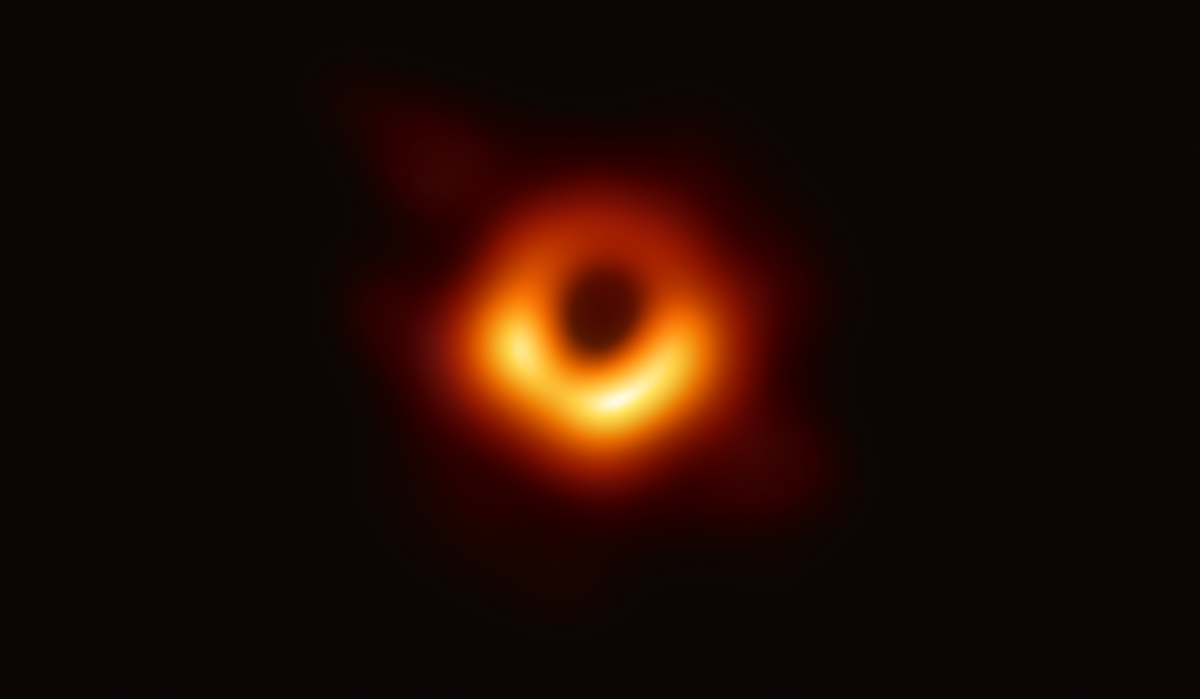
my god, it’s full of stars
High-resolution original image here. Technical details about the EHT:
Creating the EHT was a formidable challenge which required upgrading and connecting a worldwide network of eight pre-existing telescopes deployed at a variety of challenging high-altitude sites. These locations included volcanoes in Hawai`i and Mexico, mountains in Arizona and the Spanish Sierra Nevada, the Chilean Atacama Desert, and Antarctica.
The EHT observations use a technique called very-long-baseline interferometry (VLBI) which synchronises telescope facilities around the world and exploits the rotation of our planet to form one huge, Earth-size telescope observing at a wavelength of 1.3 mm. VLBI allows the EHT to achieve an angular resolution of 20 micro-arcseconds — enough to read a newspaper in New York from a sidewalk café in Paris.
This image is fated to be as iconic as the Pale Blue Dot and Earthrise.
Of particular note is that the algorithm to combine the data from all the different sources was the product of research by Dr. Katie Bouman, who is the overnight face of women in STEM, deservedly so.
Here’s a wide angle shot of the area around the black hole, from NASA’s Chandra X-Ray telescsope:
